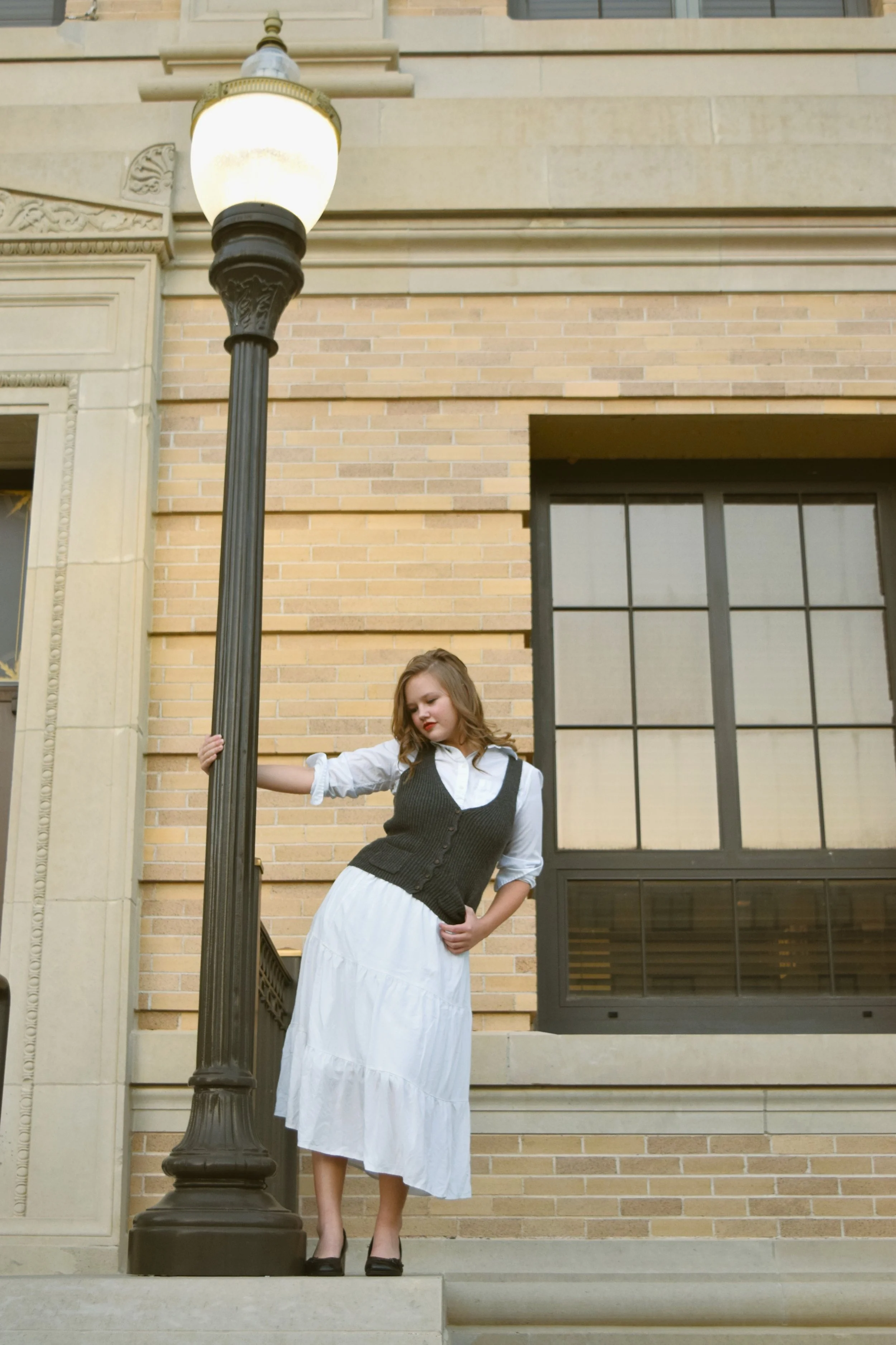Americana, Illustrated
Before the age of television and digital screens, America saw its reflection on the covers of The Saturday Evening Post. Holding up that mirror was Norman Rockwell, who, through more than six decades of artwork, chronicled the small-town innocence, patriotic optimism, and family values of early to mid-20th-century America, shaping the evolving nation’s identity.
Born in 1894 in New York City, Rockwell began his artistic career at a young age and quickly found success as an illustrator for The Saturday Evening Post, one of America’s most popular magazines in the 1900s. Between 1916 and 1963, he painted 323 covers for the magazine, each one a snapshot of everyday American life. His covers became instantly recognizable for their warmth, humor, and attention to detail: the small-town barber shop (Shuffleton’s Barbershop, 1950), a girl winning a school fight (The Young Lady with the Shiner, 1953), a boy on his first date (First Date, Home Late, 1970). During his time, Rockwell’s work was often dismissed by critics as too sentimental and idealistic for current situations, depicting life in an unrealistic way. Established creators referred to him as an “illustrator” rather than a serious “artist”—a title that he himself had accepted.
Yet, calling Rockwell merely an illustrator—of nostalgia, of the common experience—would be to undermine his cultural significance; his paintings were social documents that evolved alongside America's shifting landscape. The 1920s through the 1960s were decades of immense change, from the Great Depression to World War II to the Civil Rights Movement. Rockwell's art both influenced and responded to these transformations, offering comfort and encouragement during uncertain times. This was most evident in his Four Freedoms (1943) series. Inspired by President Franklin D. Roosevelt’s 1941 State of the Union address, the series depicts the four essential freedoms, translated into everyday scenes: freedom of speech (a man standing to speak at a town meeting), freedom of worship (people in prayer), freedom from want (a family gathered for dinner), and freedom from fear (parents tucking their children safely into bed). These works served as instruments of national morale, showcased in a traveling exhibition to promote war bonds and raise over $130 million for the war effort.
However, Rockwell’s wartime contributions extended beyond these pieces. His recurring character, Willie Gillis Jr., a young, unassuming soldier, appeared on 11 Saturday Evening Post covers. Willie wasn’t a heroic general or a propaganda figure; he was simply an ordinary kid caught in dire circumstances. Through him, Rockwell humanized the war experience for families back home, many of whom had loved ones fighting in the war effort. Similarly, his renowned 1943 painting Rosie the Riveter depicts a muscular young woman taking a lunch break, with a gun on her lap and the word “Rosie” proudly on her lunchbox. Though inspired by a popular wartime song, Rockwell’s Rosie became an emblem of women's newfound strength and independence, symbolizing their indispensable role in the wartime workforce. She is powerful, unglamorous, and patriotic: a challenge to traditional gender norms disguised within wartime duty. Rockwell also added direct political messaging through this work, as Rosie is crushing a copy of Hitler's Mein Kampf with her foot, symbolizing the fight against Nazism. This painting was the predecessor to Rockwell’s most important, albeit controversial, artistic era.
In the 1960s, Norman Rockwell turned his artistic lens to one of the most defining struggles of America’s 20th century: The Civil Rights Movement. Having long depicted scenes of harmony, Rockwell began confronting the nation’s moral contradictions head-on. In his painting The Problem We All Live With (1964), created shortly after the Civil Rights Act of 1964 passed, he portrayed six-year-old Ruby Bridges walking to school amid racist hostility. The painting’s power lies in its simplicity: a Black schoolgirl in a white dress, escorted by faceless US Marshals, walking past a wall scrawled with slurs and the remnants of a thrown tomato. It forced viewers to confront the gap between American ideals and American reality, using Rockwell’s vast popularity to address subjects that The Saturday Evening Post deemed too controversial for its covers. Other pieces, such as Southern Justice (Murder in Mississippi) (1965), which depicts the brutal killing of three civil rights workers, further revealed Rockwell’s growing social conscience. The Golden Rule (1961) portrays a diverse group of people of different races, religions, and backgrounds gathered together, beneath the inscription “Do Unto Others as You Would Have Them Do Unto You.” Illustrated during a time of rising global tensions and domestic struggles, this piece reflects Rockwell’s belief in universal compassion and equality. Rockwell had redefined his role as the nation’s moral witness, accepting the criticism that came with informing the public about injustices.
Rockwell’s works are still deeply significant today; for example, a mosaic version of The Golden Rule (1961) hangs in the United Nations Headquarters in New York City. The Problem We All Live With was displayed outside the Oval Office in 2011 under President Barack Obama’s administration. Many original works and sketches are housed at the Norman Rockwell Museum in Massachusetts, and some paintings have been exhibited at the Smithsonian, the Metropolitan Museum of Art, and on international tours as symbols of American democracy. Norman Rockwell’s influence still runs today, inspiring artists to bridge the gap in a divided society and emphasizing that the pursuit of fairness and freedom is the true measure of America’s character.
Written by Nidhi Suraparaju, Photography: Ella Trask, Design: Leila Espinoza, Social Media: Zaara Hashmy, Styling: Keira Patel


